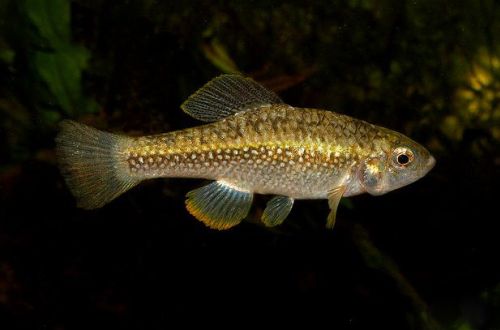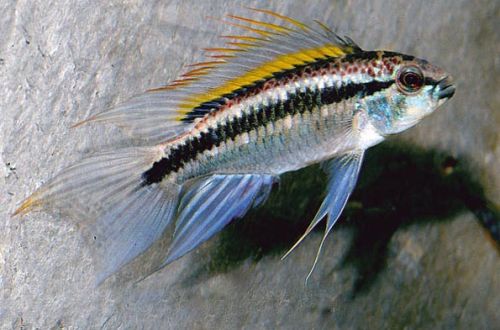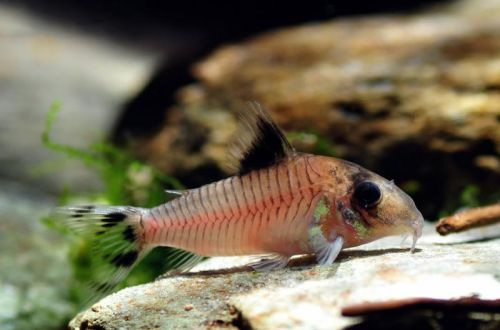
Checkered tooth carp
Checkered toothed carp, scientific name Cualac tessellatus, belongs to the Cyprinodontidae family. A rare fish in the aquarium trade due to its extremely limited and, moreover, gradually disappearing habitat. However, it is available to order from some breeders or large pet stores. In its acquisition, two factors can play uniqueness and potential high cost in the future.

Habitat
It comes from the reservoirs of central Mexico in the state of Panuco (Spanish Pánuco), where the Nahuatl Valley is located, which means “where there is good water”. The valley, as scientists believe, was previously completely filled with a large relict lake, from which a scattering of small lakes is currently left. The water in them is very hard and crystal clear, since the area consists of calcium sulfate (gypsum), and the reservoirs are replenished by underground sources.
The aquatic vegetation mainly consists of water lilies and, at certain times of the year, filamentous algae. The substrate is mostly rubble and mud with large chunks of deepwood in some areas.
Description
Males reach 7 cm in length, and females no more than 5 cm. The color is mosaic or checkerboard from numerous small specks of dark and light shades of brown and yellow. The fins are transparent with blue or orange edging. Males have a more saturated color.
Food
In nature, they feed on small aquatic crustaceans, worms, insect larvae and other zooplankton, as well as algae. Most home aquariums will accept dry food, however a combination with meat and vegetable products is recommended for a balanced diet. You can serve live or frozen artemia, daphnia, bloodworms, and spirulina flakes.
Feed 2-3 times a day in the amount eaten in 5 minutes, all food residues are removed to prevent unnecessary water pollution.
Maintenance and care
A pair of checkered carps will feel quite comfortable in a tank from 60–80 liters. In the design, it is necessary to provide a large number of floating plants, rooting is not necessary. The substrate is rocky with large boulders or pieces of marble as decoration. Pieces of limestone are welcome, as they gradually dissolve, they help maintain high water hardness, and marble has the same properties.
In the equipment, the main focus is on the filtration system to ensure the transparency and purity of the water. You should purchase the most efficient filter for the size of your aquarium, which at the same time does not create strong water flows. Lighting is any, the level of brightness does not matter for the carp, so it is selected for plants. Other minimum required equipment includes an aerator and a heater.
Maintenance of the aquarium consists of a weekly replacement of part of the water (15–20%) with fresh water and periodic cleaning of the soil from organic waste.
Behavior and Compatibility
A relatively peaceful species, able to live in groups and in combination with other species, although the experiments of joint keeping with the latter are very few, nevertheless it can be argued that the Checkered Tooth Carp gets along with many viviparous and some cyprinids that can live in very hard water.
Breeding / breeding
Breeding is relatively easy if the aquarium is properly organized. The most important aspect is providing the very hard water needed for the proper development of the eggs. The best results are obtained when pieces of gypsum are added or a filter is used, with marble chips filter media. Spawning can be carried out in a common tank if only carpfish are stored in it, there are very few cases of eating caviar by well-fed fish.
The mating season usually begins in spring or late summer. Its beginning can be determined by a change in the behavior of males, they choose a temporary territory that they protect from rivals and where they lure females in every possible way. Females lay one or a small group of eggs, attaching them with thin threads to algae or other suitable objects. The fry appear in 7-14 days, depending on the water temperature, feed with micro food (Artemia nauplii, micro worms, dry flakes ground into flour, etc.).





